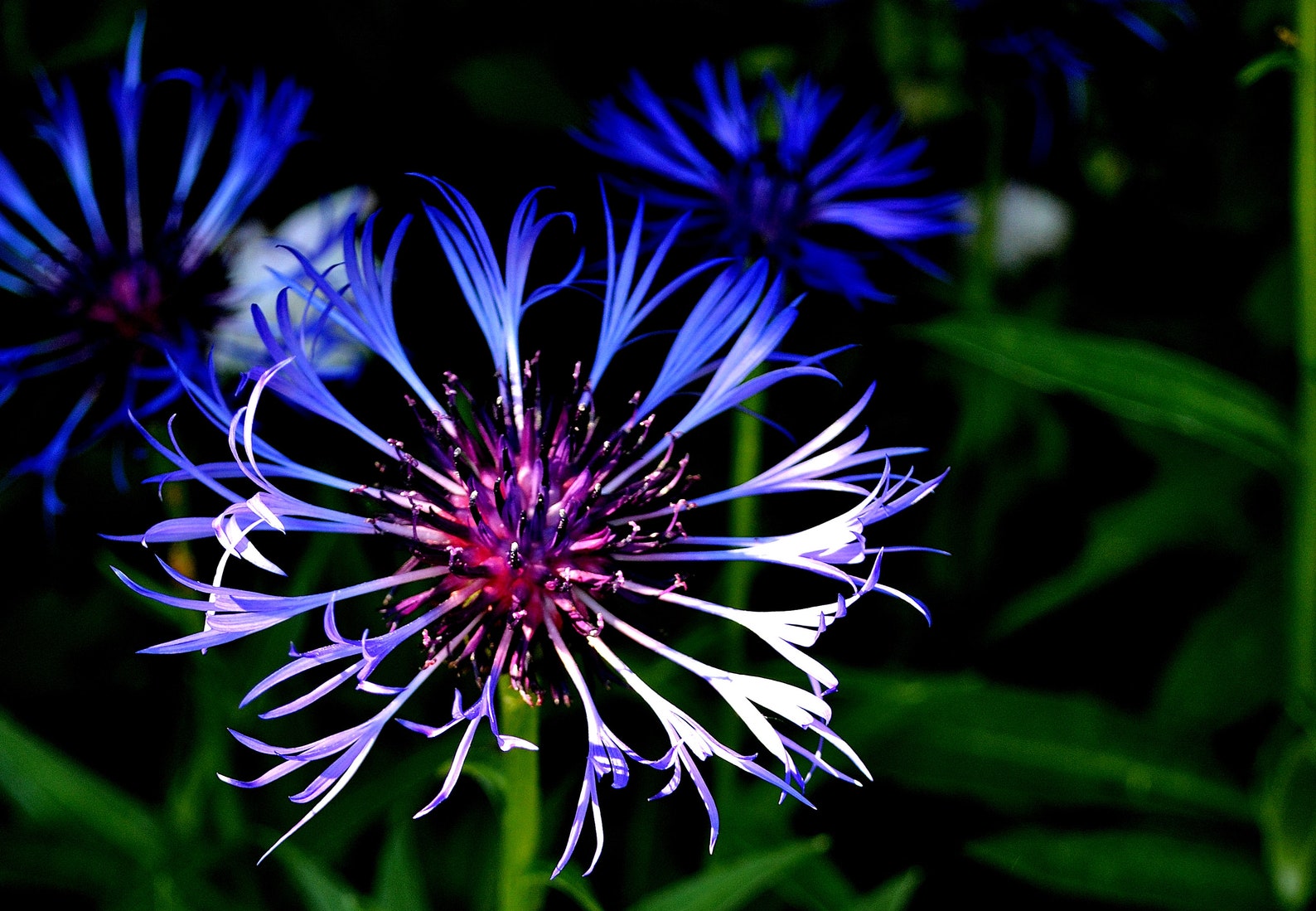

didyma contained the highest concentration of oil. The crushed leaves of all species exude a spicy, fragrant essential oil. Seed collected from hybrids does not yield plants identical to the parent. Hybrids occur in the wild, and they are common in cultivation. didyma has bright carmine red flowers, M. Flower color varies, with wild species bearing red, pink, and light purple flowers.

They are typically crowded head-like clusters of flowers with leafy bracts. Inflorescences occur at the top of the stem or emerge from the axils. They are monoecious, with male and female structures in each flower. The wild flowers are single, but some cultivated forms have double flowers. The flowers are tubular and bilaterally symmetric, with a narrow upper lip and a wider lower lip. The slender, serrated, lanceolate leaves are oppositely arranged on the square stem, hairless or sparsely hairy, and about 7–14 cm (2.8–5.5 in) long. They grow erect to heights of 20–90 cm (8–35 in). Monarda species include annual and perennial herbaceous plants. The genus was named for the Spanish botanist Nicolás Monardes, who wrote a book in 1574 describing plants of the New World.

Common names include bergamot, bee balm, horsemint, and oswego tea, the first being inspired by the fragrance of the leaves, which is reminiscent of bergamot orange ( Citrus bergamia). Monarda is a genus of flowering plants in the mint family, Lamiaceae.


 0 kommentar(er)
0 kommentar(er)
